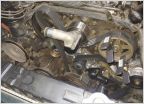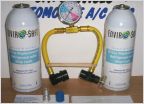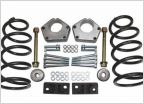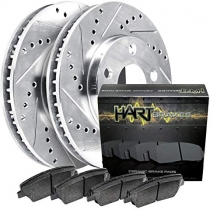-
Welcome to 4Runners.com!
You are currently viewing as a guest! To get full-access, you need to register for a FREE account.
As a registered member, you’ll be able to:- Participate in all 4Runner discussion topics
- Transfer over your build thread from a different forum to this one
- Communicate privately with other 4Runner owners from around the world
- Post your own photos in our Members Gallery
- Access all special features of the site
Need a new clutch
Discussion in '2nd Gen 4Runners (1990-1995)' started by galindojuan1, Jan 5, 2021.


 Need new radiator advice
Need new radiator advice Camshaft Seal replacement
Camshaft Seal replacement Ball joints
Ball joints How to recharge and/or refill the AC system?
How to recharge and/or refill the AC system? Advice for finding a ~2" lift on a 93?
Advice for finding a ~2" lift on a 93? Recommended rotors and brake pads?
Recommended rotors and brake pads?




























